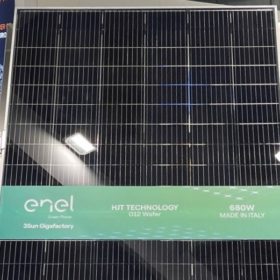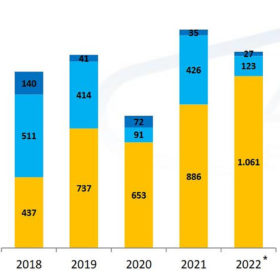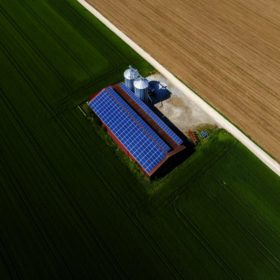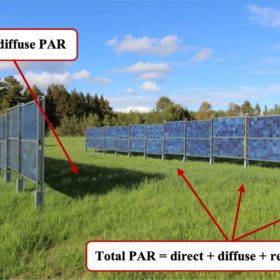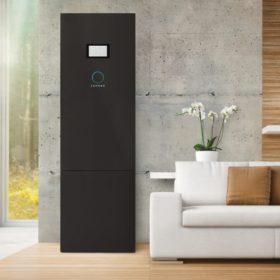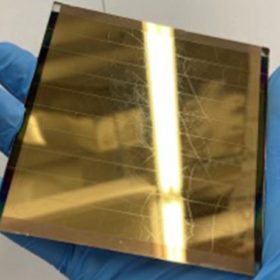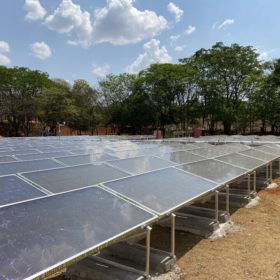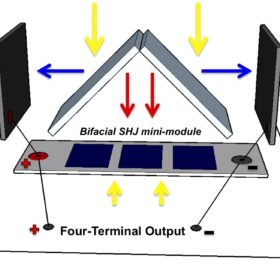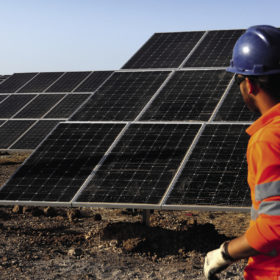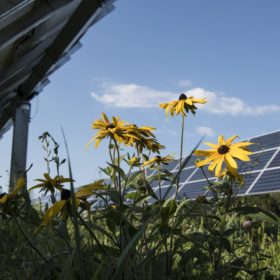Enel unveils 680 W n-type heterojunction solar panel for utility-scale applications
Enel Green Power’s new solar panel has average efficiencies ranging from 22.6% to 22.9% and a temperature coefficient of -0.24% per degree Celsius. It is based on an n-type solar cell with G12 format and a power conversion efficiency of 24.6%.
Italy deployed 1 GW of PV in H1
Italy’s cumulative PV capacity surpassed 23 GW at the end of June. Rooftop PV continues to drive the Italian solar market, but the large-scale segment is finally showing the first signs of a real recovery.
Italy launches call for €1.5 billion rebate scheme for PV in agricultural buildings
The Italian government hopes to deploy 375 MW of PV capacity via the rebate scheme. The funds will be provided through the post-Covid recovery plan.
New models to predict crop yields in agrivoltaics
A Swedish-Italian research group has applied state-of-the-art models for global horizontal irradiance decomposition to assess photosynthetically active radiation in agrivoltaic projects – an important variable to properly predict crop yield.
Italy hits 720 MW/1,361 MWh of distributed storage capacity
Italy added 303 MW/632 MWh of distributed energy storage capacity in the first half of 2022. The segment continues to grow in the country, with the regions of Lombardy and Veneto being the two largest contributors.
Light-scattering structures to boost solar performance
An international team of scientists developed a nanoparticle structure which, when added to a solar cell, was shown to scatter light and potentially reflect it many times within the cell, contributing to a noticeable jump in current.
Solar thermal panel for large scale applications
The panel has an absorption area of 1.96 m2 and a weight of 27 kg per square meter. According to the manufacturer – Swiss startup TVP Solar – it may be a real booster for thermal output, by combining it with photovoltaics and heat pumps to provide enhanced output per square meter, in particular for low-temperature applications such as district heating.
Four-terminal multijunction approach for bifacial modules
Scientists tested bifacial PV devices based on silicon and gallium arsenide cells connected in a four terminal layout. They note that the four terminal design offers significant advantages over more common two terminal devices, allowing for a 17% (relative) increase in efficiency thanks to better absorption of light reaching the rear side.
Clean power prices leap on back of tightening gas supply
Developers are making hay as far as PPA prices are concerned thanks to eye-watering wholesale electricity prices which mean they can just sell their solar and wind power on the open market.
Novel method to turn existing solar parks into agrivoltaic facilities
An international research team has developed a new methodology to increase levels of pollination at ground-mounted solar plants. It involves the development of new vegetated land cover below and around solar parks.
